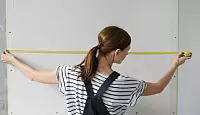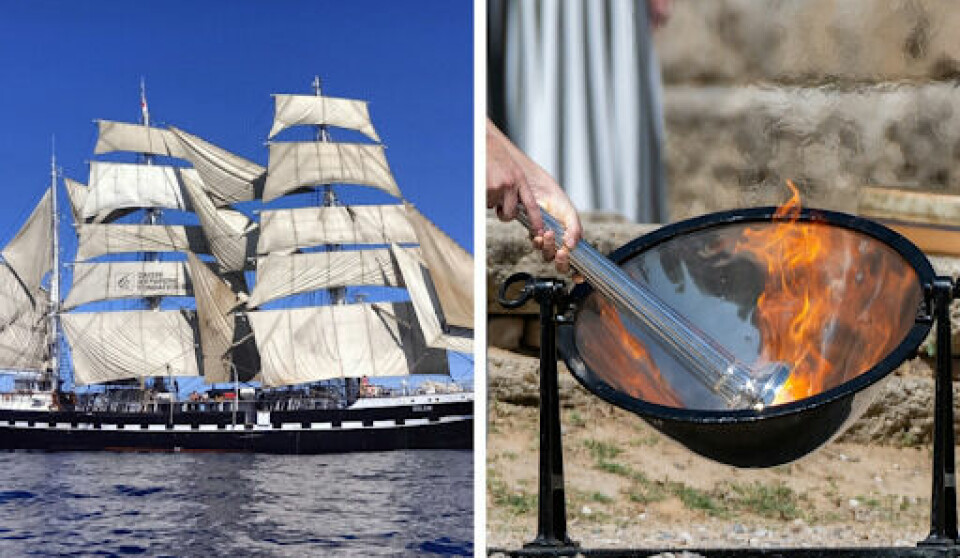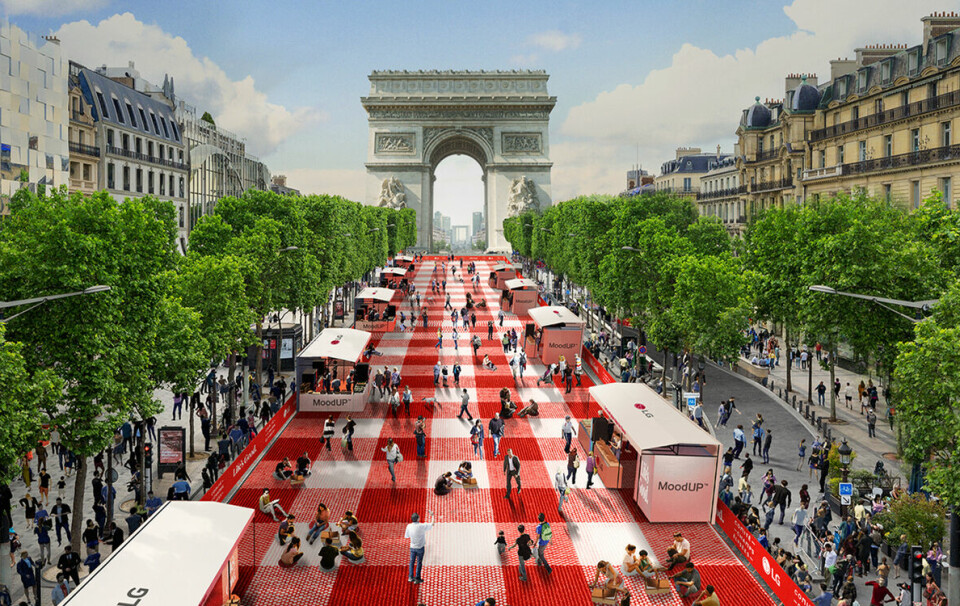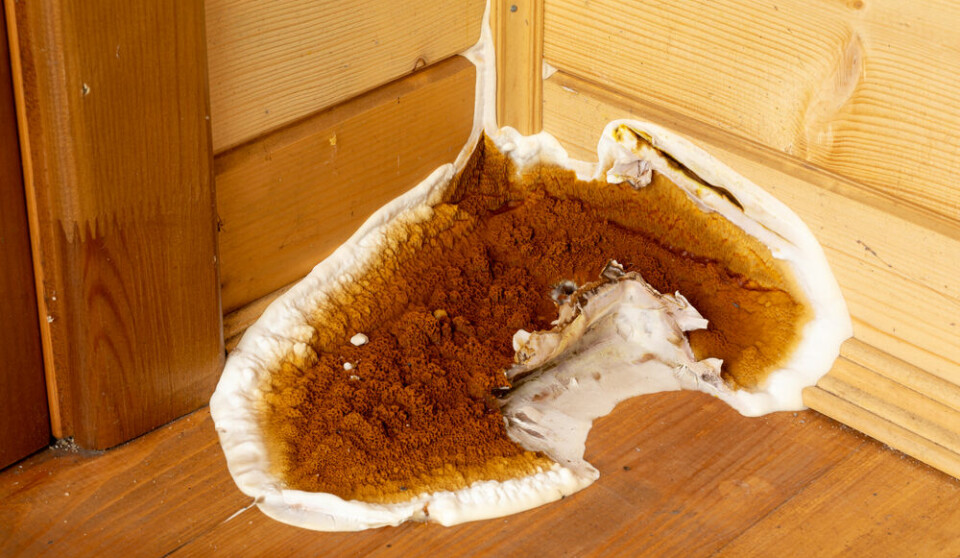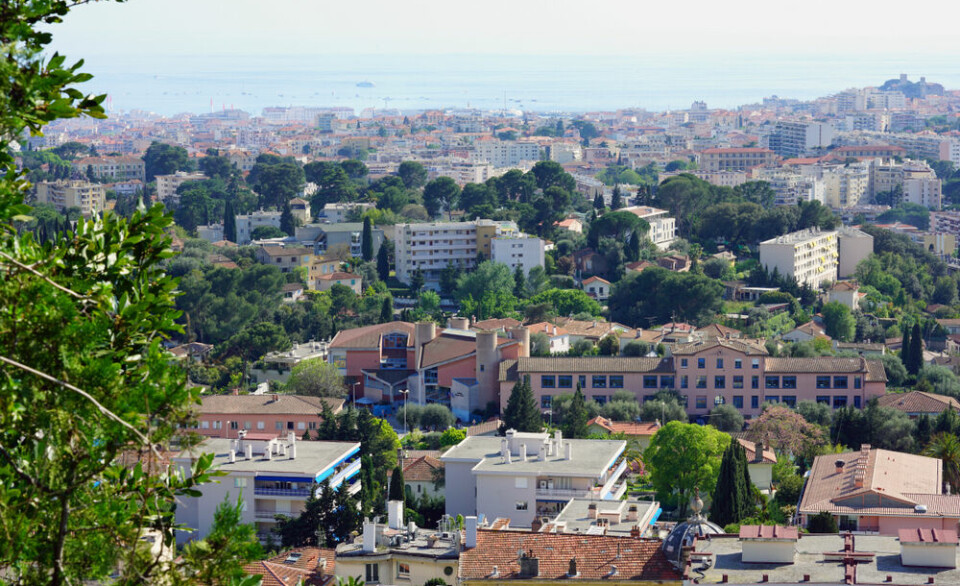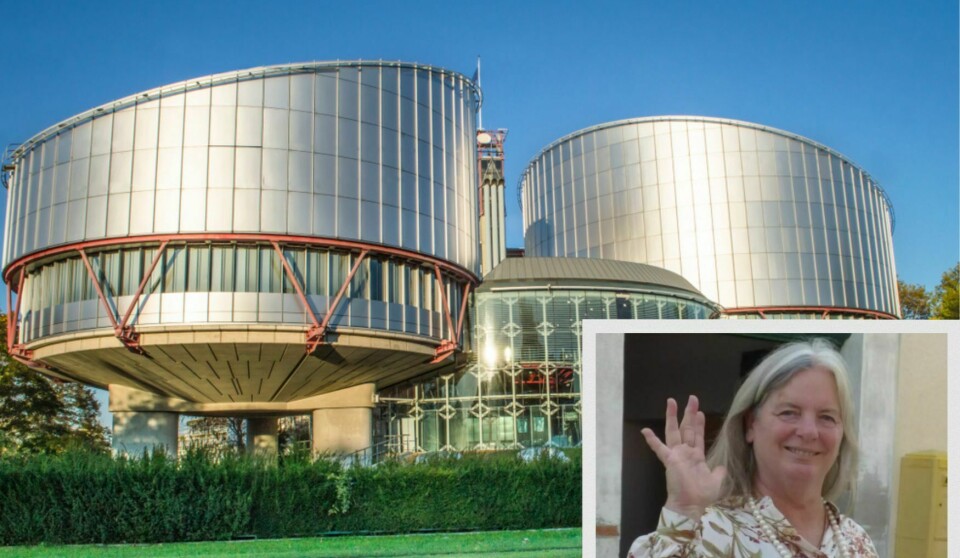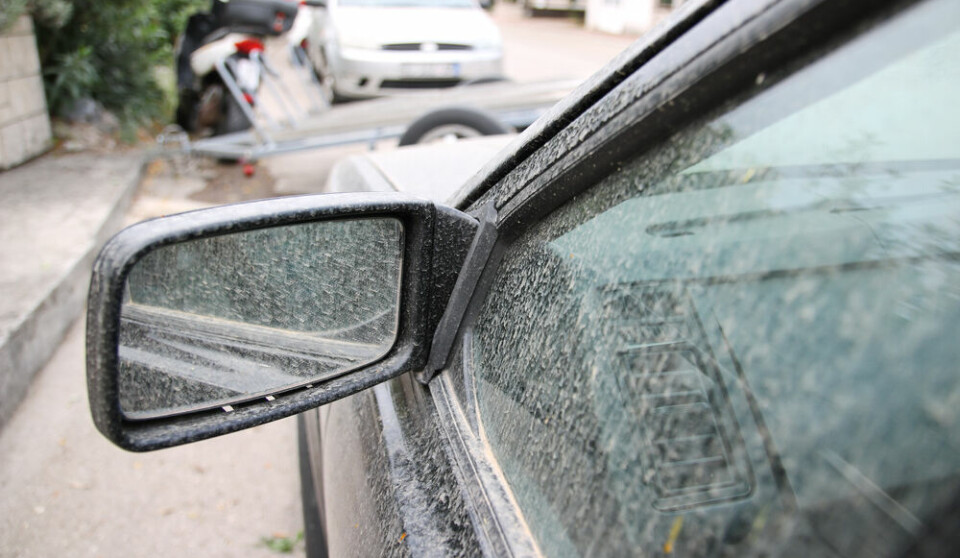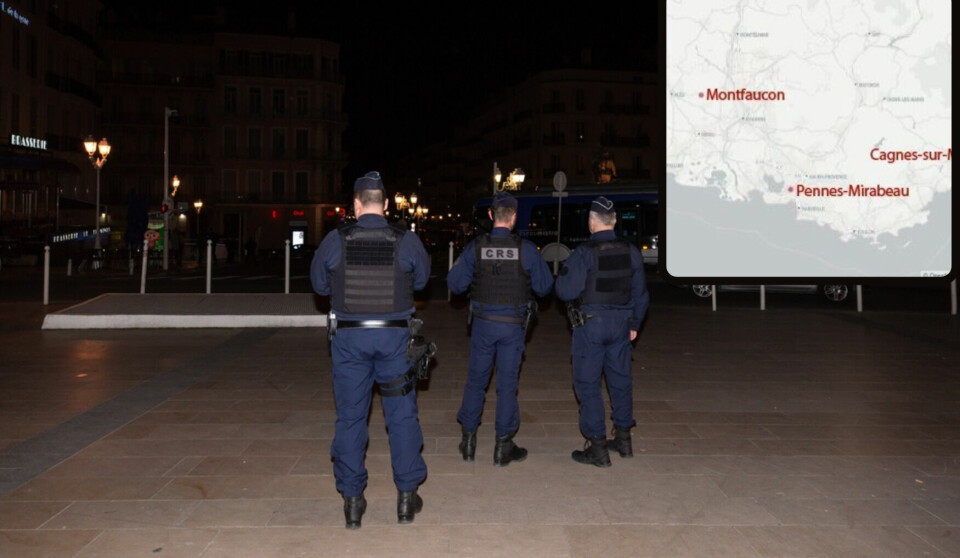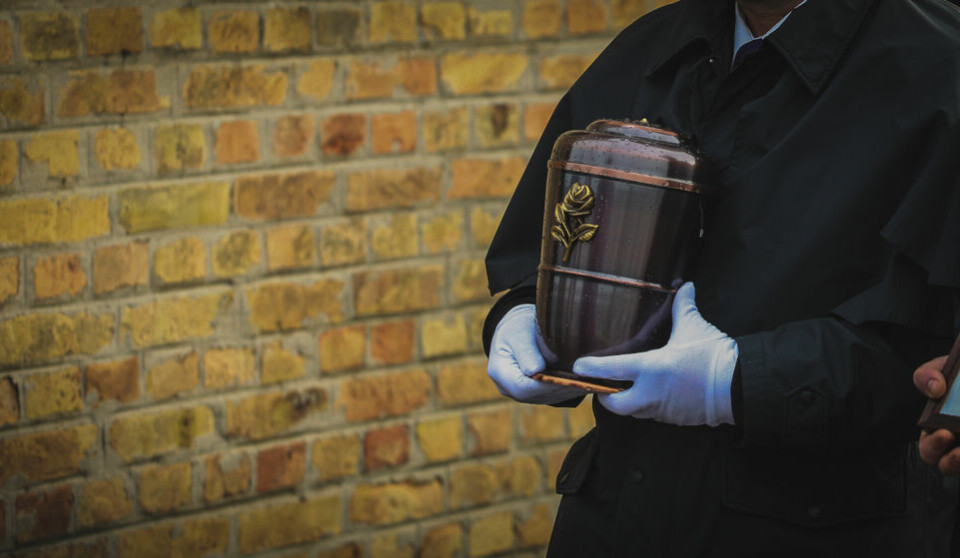-
Opinion: Another week off – how I love living in France
One of the many things I adore about the French is their attitude to time off.
-
Paris hospital dog trial goes from strength to strength
An English setter rescue dog at one of the world’s top cancer hospitals in Paris has been described as “a bubble of oxygen”
-
PHOTOS: Olympic Flame to travel to France on beautiful historic ship
The 127-year-old ship sets sail on Saturday with ‘the most important passenger it has ever carried’
Paris shelter where liberation was planned opens
75 years after events it commemorates, disused shelter under streets of the capital where Resistance fighters organised uprising opens to the public

A disused bomb shelter beneath the streets of Paris that French Resistance fighters used to organise the liberation of the capital has reopened to the public as a museum on Sunday, 75 years to the day after the capital was freed from Nazi occupation.
The underground museum is part of the capital's museum of liberation which has three names, including two that honour French World War Two heroes - The Musée de la Libération de Paris, Musée du Général Leclerc, and Musée Jean Moulin.
The shelter 100 steps underground at Place Denfert-Rochereau had not been used during the Occupation, but became a command post for the French Forces of the Interior in the week leading up to liberation. During the seven-day uprising that preceded Allied troops' arrival in the capital on August 25, 1944, some 1,600 Parisians were killed by Nazi forces.
The shelter is now home to 300 original documents and objects. Most of the collection was previously exhibited at nearby Montparnasse railway station.
The relocation of the museum is thanks to Paris mayor Anne Hidalgo, who hopes the city’s newest underground attraction not far from the famous Paris catacombs will honour not just Moulin and Leclerc, but the thousands of soldiers and civilians who lost their lives to liberate the capital.
She said in a statement: “Parisians of today and tomorrow will understand the ideals and, in some cases, the sacrifices of these heroes of the past for the values of the Republic and democracy in which, whatever their loyalties, the liberators of Paris never ceased believing.”
Stay informed:
Sign up to our free weekly e-newsletter
Subscribe to access all our online articles and receive our printed monthly newspaper The Connexion at your home. News analysis, features and practical help for English-speakers in France
